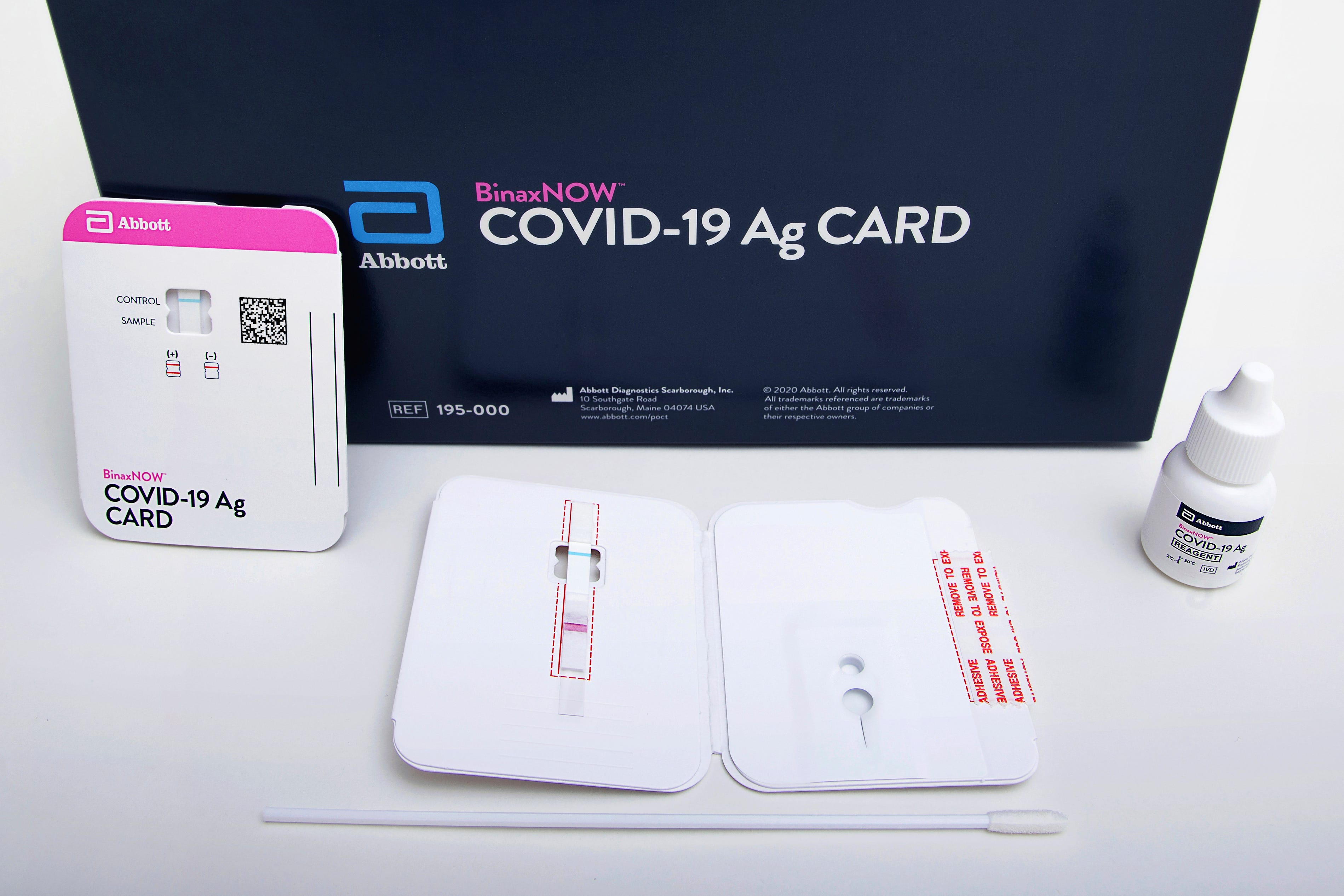Table of Content
Functional gastrointestinal disorders like irritable bowel syndrome, functional dyspepsia, and functional constipation impact up to 40% of the population within their lifetimes. A LOT of people live with these, and while many cases can be managed with lifestyle changes, these changes can be hard to maintain and don’t always give results. Today I’m explaining how those at-home food sensitivity tests work, and why these types of GI disorders are so difficult to fix. The blood test is used to detect molecules in the blood called immunoglobulins that cause allergic reactions. The most common tests detect the IGE or IGG antibodies, and these two types cause many of the symptoms from food allergies.

She suggests patients save the money and start with an elimination diet, where you remove commonly reactive foods like gluten or dairy and see if you feel better. Unfortunately, a consequence of taking food sensitivity tests is that users may find themselves “sensitive” to multiple foods from test results. However, the issue with these tests results is that the results do not exactly equate to a food allergy or food intolerance.
What you need to know to feel better and enjoy food again.
They can then assess any potential links between symptoms and food exposure. The cost of testing kits is often lower than visiting a dietitian or an allergist. Asides from potential nutritional deficiencies, avoiding certain foods unnecessarily may contribute to disordered eating and anxiety around food.
A food intolerance test typically involves a blood sample that may be obtained via a home finger-prick test or a laboratory blood draw. The elimination diet is considered the gold standard for food intolerance tests. It can be used to detect both sensitivities and allergies and can be done at home. It works by removing all the foods from your diet that may be giving you trouble.
Does eating cranberries help with urinary tract infections?
The premise behind IgG tests has also been called into question. Maybe you can also understand why, during my freshman year in college, I found myself in the waiting room of a naturopathic physician who offered food sensitivity testing. No matter what I stopped eating, I just couldn’t shake my digestive issues.
Even those with food sensitivities can benefit from working with an allergist. In addition to testing, they’ll perform a physical exam and health history. They may ask you to keep a food diary or recommend a short-term elimination diet. Your allergist can also work closely with other specialists to help resolve any digestive issues you’re having. “By collaborating with GI doctors we can find underlying conditions like inflammatory bowel syndromethat an at-home test will miss,” says Dr. Ridley. But neither of these techniques is proven to actually detect food sensitivities or intolerances, Stacy Cavagnaro, a registered dietitian at the Cleveland Clinic, told Nguyen.
Take Part In Pediatric Food Allergy Research
Milk, egg, wheat, and soy sensitivities may fade with time, but peanut, tree nut, fish, and shellfish allergies are usually permanent. Testing for food allergies A little quantity of the food being tested will be softly pierced into the skin on your back or forearm for this test. If you’re allergic, your immune system will respond, and an itchy bump will appear within 15 to 20 minutes.

Adam’s advice is that these kits are generally quite accurate in what they test, but they are designed to rule OUT coeliac disease, i.e. they can tell you don’t have it, they can’t tell you that you do. Coeliac disease is not an allergy or an intolerance but an autoimmune disease. It causes severe gut problems when people who suffer from it eat gluten, and can lead to damage to the gut lining. Therefore people with coeliac disease need to avoid all gluten for the rest of their lives.
Do Food Sensitivity Tests Really Work? Are They Worth The Hype?
They can’t wait to find out what’s wrong—and finally get back to living without an unpleasant digestive emergency lurking around the corner. That said, there is currently no evidence that at-home tests help diagnose or prevent food intolerances. Studies have not proven the reliability of at-home food sensitivity tests. A 2018 review states that they should not receive medical endorsement until scientific studies support their use. More and more awareness is being raised about food sensitivities. At-home food sensitivity tests have been increasing in popularity for this reason, but do they actually work?
Also available as a regular blood test is the leukocyte activation test. This is another type of food sensitivity testing that measures your innate, non-specific immune response instead of focusing on antibodies. Food sensitivities and food intolerances are much more common, affecting up to 20% of adults.
When a foreign antigen is recognized by IgE in tissues like the gut or respiratory tract, the mast cells begin to activate. As mast cells degranulate, this can cause vomiting, diarrhea, muscle contractions, increased mucous production, and coughing. We're here to help you improve your mental health and wellness, 1% at a time. Guys generally don’t do a very good job when it comes to communicating about health issues. The skin prick test detects allergies by introducing a small amount of different allergens under your skin with needles.

At-home food sensitivity tests can be a helpful tool in finding out if the root causes of your health and wellness issues are food sensitivities. Antibody and ALCAT tests fit best for those with chronic symptoms and clear causes. Breath testing is best for symptoms of poor digestion, while an elimination diet can help when you already have a shortlist of potential intolerances to further narrow down. And of course, a DNA test reveals your underlying predisposition to certain immune and digestive health conditions. Web Food sensitivity tests work by testing your blood for the production of IgG antibodies in response to several different foods typically 96 foods and then rating.
There are allergy tests performed in a clinical setting by a registered professional, and then there are at-home allergy tests. At-home food sensitivity tests advertise the ability to test for your own food sensitivity levels at home with a simple testing kit. Most IgG tests work by having you eliminate all foods that elicit any positive result, and you will gradually add foods back to your diet a few days at a time. Usually, because people have high numbers of foods they’re sensitive to, this allows them to narrow down their diet, and reintroduce potential triggers.
Getting your life in balance can help you rule out other potential problems. The wellness wheel helps me organize my life so my strengths and weaknesses are easier to see. If you decide to use the at-home test and it comes back positive, it is important to keep an open mind. Many of these tests are flawed and give false-positive test results. If you do have a problem and your at-home test gives you the wrong answers, you will be frustrated in your attempts to heal because you’ll be taking the wrong actions.
Instead, when you suffer from food sensitivities, a different immune response is triggered. The reaction can be milder, more insidious, and cause symptoms such as brain fog, bloating, or abdominal pain. People will receive results that state they produced an immune reaction to nearly every food listed. From my experience, this commonly occurs in cases of intestinal permeability .
No comments:
Post a Comment